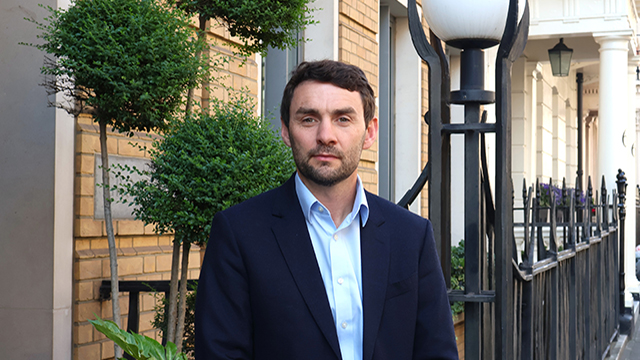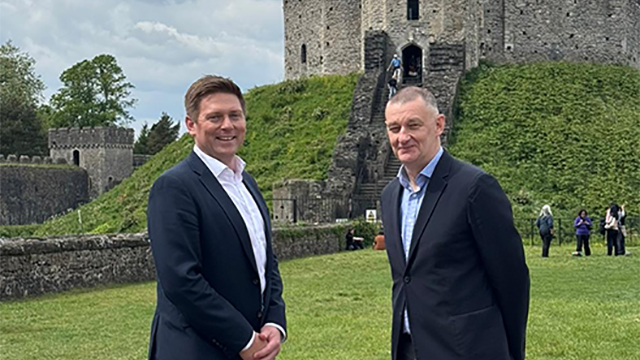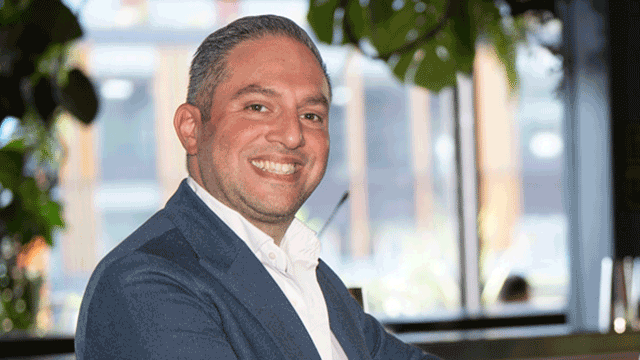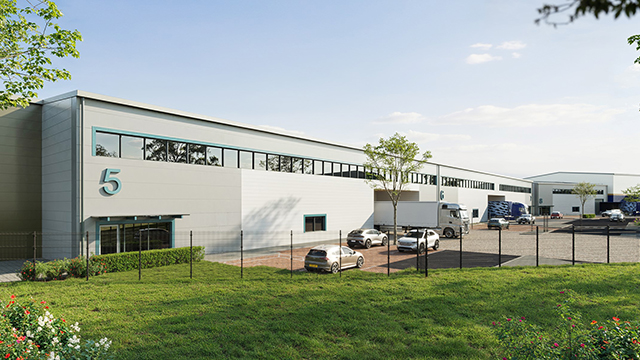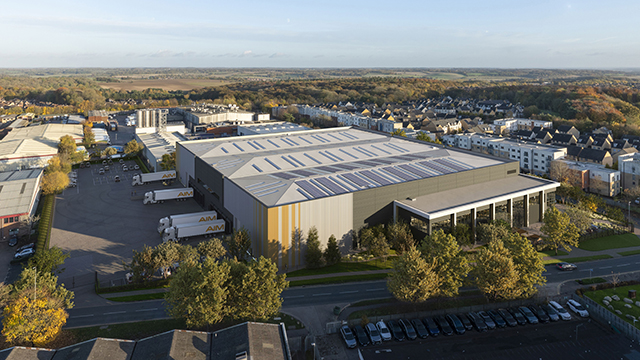Birmingham’s renaissance is a story well told. A city once characterised by carbuncles of concrete and a spaghetti of junctions is now fast becoming one of the UK’s coolest places to live and work. The city has been boosted by a successful and economically powerful Commonwealth Games, has picked up a new, unapologetically proud attitude, perhaps by order of the Peaky Blinders, and is building back better.
What is really driving Birmingham’s renaissance is passion, pride and the purposeful coming together of the public and private sectors. Here, EG sits down with Birmingham City Council’s chief executive, Deborah Cadman, and Lendlease’s chief executive for Europe, Neil Martin, to understand more about how just one project in the city can be a template for thoughtful regeneration. A real tool to level up not just Birmingham but anywhere.
A new neighbourhood
That one project is Smithfield, 42 acres close to Birmingham’s Bullring where Lendlease is tasked with bringing forward a new part of the city.
Plans for the £1.9bn development were submitted just before Christmas and verified this week. They aim to deliver 3,000 new homes, more than 1m sq ft of offices, green spaces and a new home for the city’s historic markets. Lendlease was appointed development partner for the project in 2019, seeing off competition from a Delancey-led consortium.
But for Cadman and Martin this isn’t about numbers and ticking off deliverables, this is about creating a place that all Brummies – regardless of whether they live or work in the new scheme – connect with and call home.
“What stood Birmingham out was how it wasn’t purely about inward investment and homes, it was a very different ask from the industry,” says Martin. “It was really about place creation, it was about inclusivity, it was about sustainability.”
Cadman adds: “The Lendlease programme exemplifies the way we want to transform the city.” She says the plans Lendlease has for the city are a “microcosm” of the council’s forthcoming Future City plan, reflecting everything it wants to see delivered across Birmingham.
“It is about providing high-quality city living for families. It’s about a new green heart for Birmingham. It’s about job creation and social value through local employment. And because it’s such a massive programme, it is about engaging with our local colleges to make sure that the skills provision is there,” says Cadman.
She adds: “We also want it to be a destination for people coming to Birmingham. And we want it to be a place for families. I’m really committed to making sure that children who are born and grow up in this city feel that this is the city for them. This project is being developed with a whole generation in mind, not just one target bit of the population.”
What stood Birmingham out was how it wasn’t purely about inward investment and homes… It was really about place creation, inclusivity and sustainability
Neil Martin, Lendlease
Common goals
It is clear when sat around a table with Cadman and Martin as they talk about how the project has to be a global exemplar of how development can deliver for both public and private sectors, and later walking around a cleared Smithfield site, that they are both entirely on the same page with their vision.
Cadman says: “The USP of this programme is that the chief executive of the city council and the chief executive of Lendlease Europe are so committed to this and its success.
“You have got the top two people of the two institutions who are absolutely determined to make this happen.”
For the pair, that means talking regularly. About the good, the bad and the ugly. About making joint decisions and focusing intently on what the purpose of Birmingham’s development is.
Intent is a key word when it comes to successful partnerships, and it is a word that Cadman uses a lot. The council has to be intentional about what it wants to deliver for the city, it has to make sure that intent is well understood by its private sector partners, and it has to ensure that those partners have the same intent too.
“We have a real responsibility to make sure this city grows and develops in the right way, given the challenges that all the large cities have,” says Cadman. “So the intention I talk about is us being really intentional about partnering with those people that we think have the same values as us and want the same thing. And there is just a sense that Lendlease absolutely has the right mission and the right set of values and wants to achieve the same things as us.”
Birmingham is positioning itself as a great global city, and we need clear examples reinforcing that. We see the Smithfield development as being one of those”
Deborah Cadman, Birmingham City Council
A place for everyone
At Smithfield, that intent is about ensuring this is a part of the city for all – a place that feels part of the city, not a new shiny enclave. The re-establishment of the 200-year-old markets as part of the project, as its anchor, is testament to that. The scheme would not work if the council had not been intent on the need for the markets to be protected. Without that intent, there would have been a revolution, says Cadman, only half-joking.
And even as the headlines over the cost of HS2 and whether it should be cancelled continue to pepper the national newspapers, Birmingham is intent on maximising the value that a fast, regular rail service in and out of London can provide. And it will ensure it takes advantage of partnering with a developer that just so happens to be heavily involved with the London end of the line at Euston.
“HS2 is a great opportunity,” says Cadman. “But it will only be an opportunity if we are intentional about ensuring the benefits of that. It is about us starting conversations now. What does it mean to be connected to the biggest city in the country and the second-largest city in the country by 45 minutes? How can we make that something that is of benefit to both cities and, importantly, to the whole of the UK?”
“London’s Euston has to talk to Birmingham and Birmingham’s Smithfield has to talk to London,” adds Martin. “It’s about how they work together.”
He cites the fact that some 45% of Birmingham’s population is under the age of 26, making the workforce attractive to both corporates and start-ups alike. He sees HS2 as a way not only to bring that talent to London, but also to bring the businesses that want that talent to Birmingham. And that is where Smithfield can help the city.
The growing list of big names that have already moved to the city – PwC, Goldman Sachs and HSBC – is well-publicised. But it is this tangible evidence that is key to highlighting the power of a purposeful public-private partnership.
Recreating a Birmingham not only where locals can live, work and play, but where “outsiders” can come in and find a home brings benefit to all.
If Lendlease delivers a global exemplar at Smithfield and can fill its office and commercial space with a blend of big-name corporates, start-ups and local businesses, it will create the diversity that not only the city wants but that businesses, employees and residents want too. And, adds Martin, that capital partners demand.
For Birmingham the benefit is even clearer. The Commonwealth Games broadcast the city with the brightest of lights to a global community, and the Blinders, too, will have helped put Birmingham back on some people’s maps. But what it needs now is the evidence.
“Birmingham is positioning itself as a great global city,” says Cadman. “We need clear examples reinforcing that. And we see the Smithfield development as being one of those.”
To send feedback, e-mail samantha.mcclary@eg.co.uk or tweet @samanthamcclary or @EGPropertyNews




